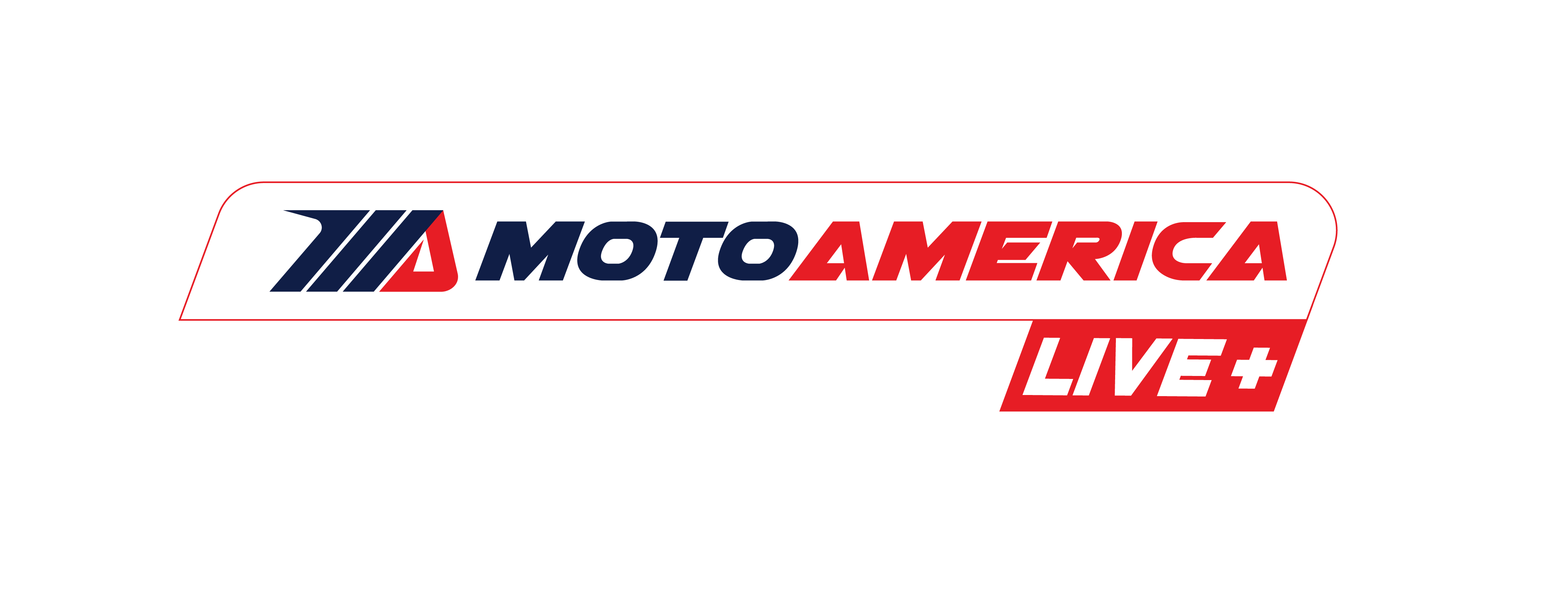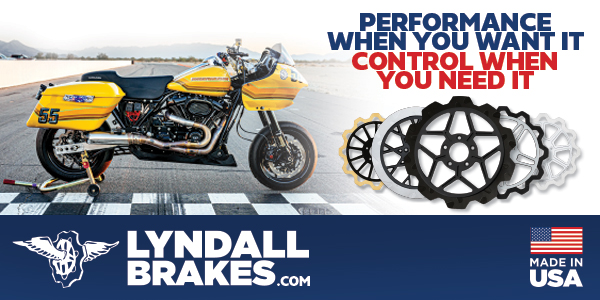MotoAmerica 101
Gearing for Success
In motorcycle road racing, the sport can be broken down into three variations of the same word: gear, gears, and gearing:
- Gear: the helmet, leathers, gloves, and boots that a road racer wears
- Gears: the cogs contained inside a motorcycle transmission that road racers constantly shift back and forth during a race
- Gearing: various configurations of the front and rear sprockets on a motorcycle
When road racing teams talk about changing the “gearing” on a motorcycle, they’re actually referring to changing the Final Drive Ratio.

Final Drive Ratio is the relationship, or ratio, between the number of teeth on the front sprocket (the one on the engine) and the number of teeth on the rear sprocket (the one on the rear wheel). Final Drive Ratio is also the ratio of how many times the front sprocket turns when the rear sprocket turns once.
Changing the number of teeth on the front and/or rear sprockets alters a motorcycle’s performance characteristics, and those characteristics are a compromise between quick acceleration and top speed. Like a lot of aspects of motorcycle setup, the key is to find the best compromise for each track.
All of the tracks on the MotoAmerica schedule present unique challenges that can be addressed somewhat by changing the gearing on the motorcycle. For example, Road America is a road course with very long straights, and top speed is very important. At that track, the race teams run taller (or longer) gearing than they do at WeatherTech Raceway Laguna Seca, a track known for its tight turns and dramatic changes in elevation, which requires gearing that provides quick acceleration out of those turns.
The teams keep notes on the gearing they’ve used in the past at each track, so they generally know going into a race weekend what gearing is right for the track, and they don’t really change the gearing much during each race weekend.
However, if the chosen gearing presents a challenge in one or more of the corners–such as leaving the rider too far out of the bike’s powerband as they exit a corner, and downshifting to a lower gear in the transmission puts the engine too high in the rev range–then a gearing change may be in order.
Lowering, or shortening, the Final Drive Ratio is what most riders and teams will do to improve acceleration for each given gear, and to do that, they increase the difference in tooth count between the front and rear sprocket.

You don’t have to change the tooth count much to notice a big difference. But, if you want to increase the difference in the tooth count between the front sprocket and rear sprocket, does it matter which sprocket you change?
Since the ratio is determined by dividing the number of teeth on the front sprocket by the number of teeth on the back, a change in the number of teeth on the front sprocket will have a more dramatic effect than the rear. Going down one tooth on the front is roughly the equivalent of adding three teeth to the rear.
For most teams, the most common gearing change is to go down one tooth on the front sprocket and go up two teeth on the rear.
When you make a change in the gearing, even by just one tooth at the rear, you’re increasing the diameter of the rear sprocket. Most gearing changes of just an additional tooth or two on the rear sprocket can be accounted for with the available adjustment at the swingarm. But, teams don’t want to change the wheelbase too much, so if they switch to a rear sprocket with a couple more teeth on it, they sometimes need to install a longer chain to maintain the same wheelbase.
















